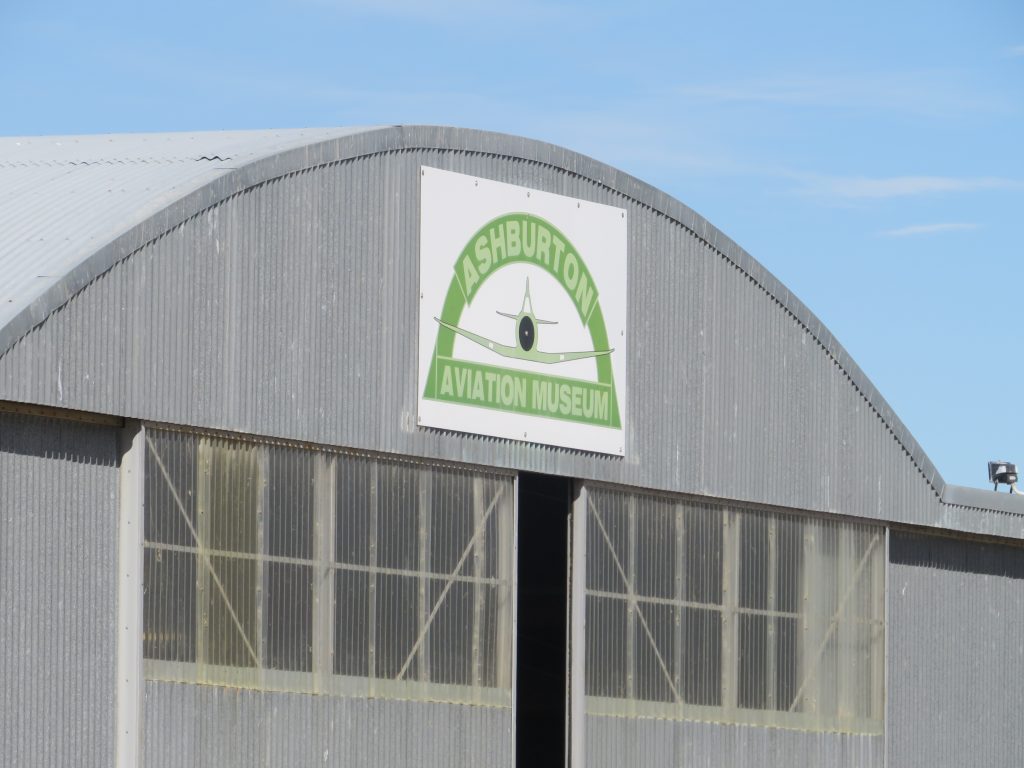
The soil has been turned for a $2.5 million building project at Ashburton Aviation Museum.
It will see a new extension connecting two existing display hangars.
President Stephen Johnston and building committee chair Owen Moore welcomed a gathering of supporters on site at the Ashburton Airport last week as the first soil was turned.
Among them were members and their partners, building contractor Justin Quaid, the district council’s Kaitlyn Roddy-Dixon, Lysaght and Associates Kelvin Lysaght, representatives from Peter Lynn Kites, Braided Rivers/Lion Foundation and Community Trust of Mid & South Canterbury.
The latter recently gave the museum a funding grant of $150,000.

Moore said recent fundraising had seen members raised more than $1m to getting building under way.
‘‘Over the last 18 months we have raised near on $1.3m,’’ he said.
It was enough to enable members to turn the first sod in this ambitious project, he said. Fundraising was ongoing.
‘‘As well as a hangar for the museum where we can display aircraft, we want it to be a community function centre where community/groups can come along, hire the space and use it.
‘‘We’re pretty chuffed where it’s at; I think it’s the biggest project ever that the museum’s done,’’ he said.
The museum is home to 40 aircraft including a Aermacchi MB339-CB, a British Aerospace Hawker Siddley Harrier GR3 and a North American T-28 Trojan as well as seven gliders, six helicopters, 11 engines, six large model aircraft and four cockpits.
It also has an ATR-72 flight simulator, space ball, replica control tower and radio shack complete with working morse code radio.

Museum patron and aviation enthusiast Pat Scotter, of Rangiora, had the honour of turning the first sod. He used a spade last used nearly 17 years ago to kick start the building of the museum’s ‘Superhangar’.
‘‘This is a very important day for our museum and a very important day for the people getting us this far,’’ he said.
‘‘It is with a great deal of pleasure I will turn the traditional sod for the beginning of the work.’’ Moore said it was around four years ago members started talking about the shortage of display space in the museum.
‘‘We formed a committee and it was the unanimous decision that extensions were needed and that we needed to do some research.
‘‘We had plenty of meetings with lots of people that all had great ideas. We came up with what were the important things that we wanted in a new building.’’
He said a fundraising campaign was discussed before many different types of fundraising started.
Member Les Vincent spoke about the history of the museum from the original tender for a former New Zealand Air Force, North American AT6D Harvard MK2, which then needed a home.
‘‘Fifty years ago when the idea was originally floated there was no dream, ambition or vision that anything like what we see here today would ever come about, let alone what is going to happen.
‘‘Originally the group was a social gaggle of aeronautically minded individuals who had no particular direction in mind,’’ he said.
‘‘It was when the air force put up part of their Harvard trainer fleet for disposal that we – totally without any money and with a level of temerity and sort of tongue in cheek – we submitted a tender.

The tender was successful and members ‘‘didn’t know whether to rejoice or panic’’, he said.
‘‘But we had an aeroplane and the aeroplane needed a home.’’
‘‘Here we are today embarking on the next and fourth stage of development here on Ashburton Airport.’’
‘‘It will provide a magnificent community facility and museum for generations to come.’’
The building work would see the museum opened as one large complex with a community function room spanning 15×18 square metres, with kitchen and toilet facilities. Large 10m roller doors would also allow additional space to be opened up, if needed.
There would also be a members-only mezzanine floor for offices, archives and aviation library.




